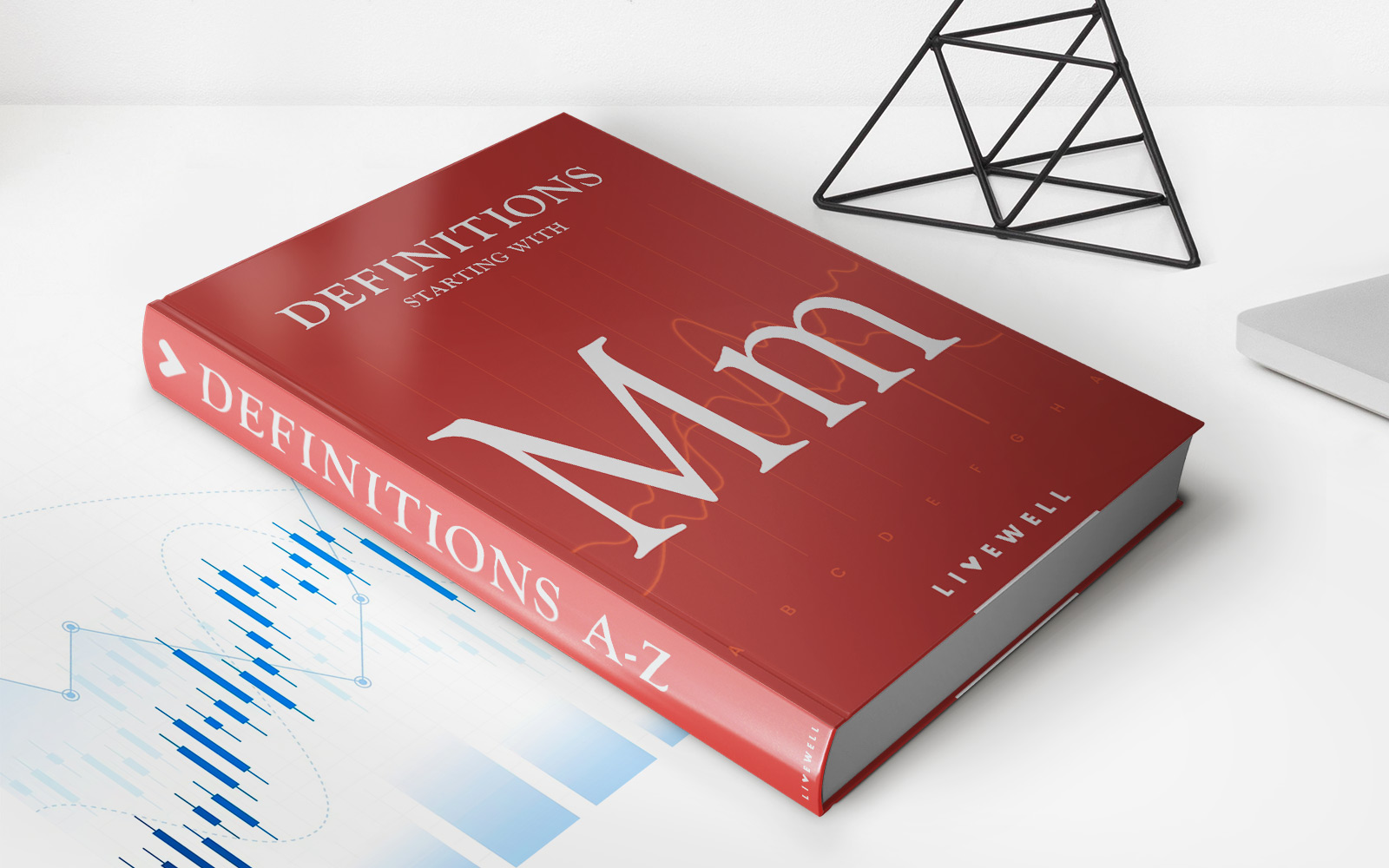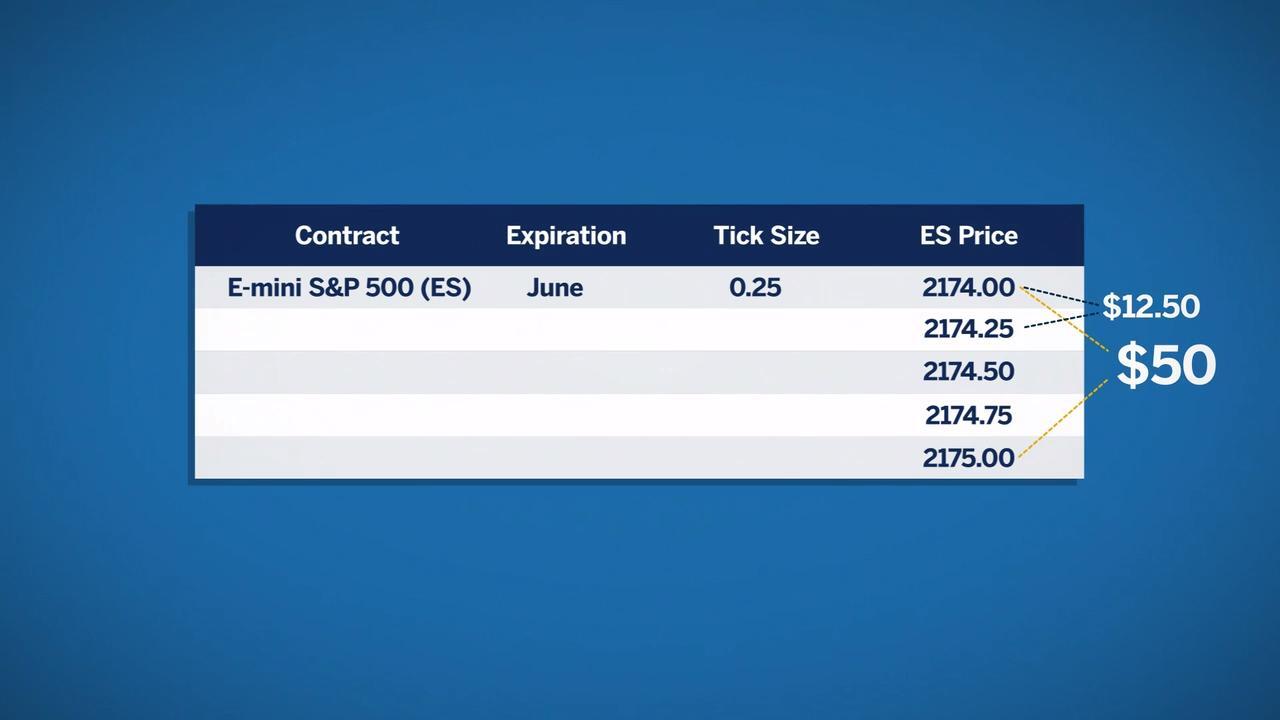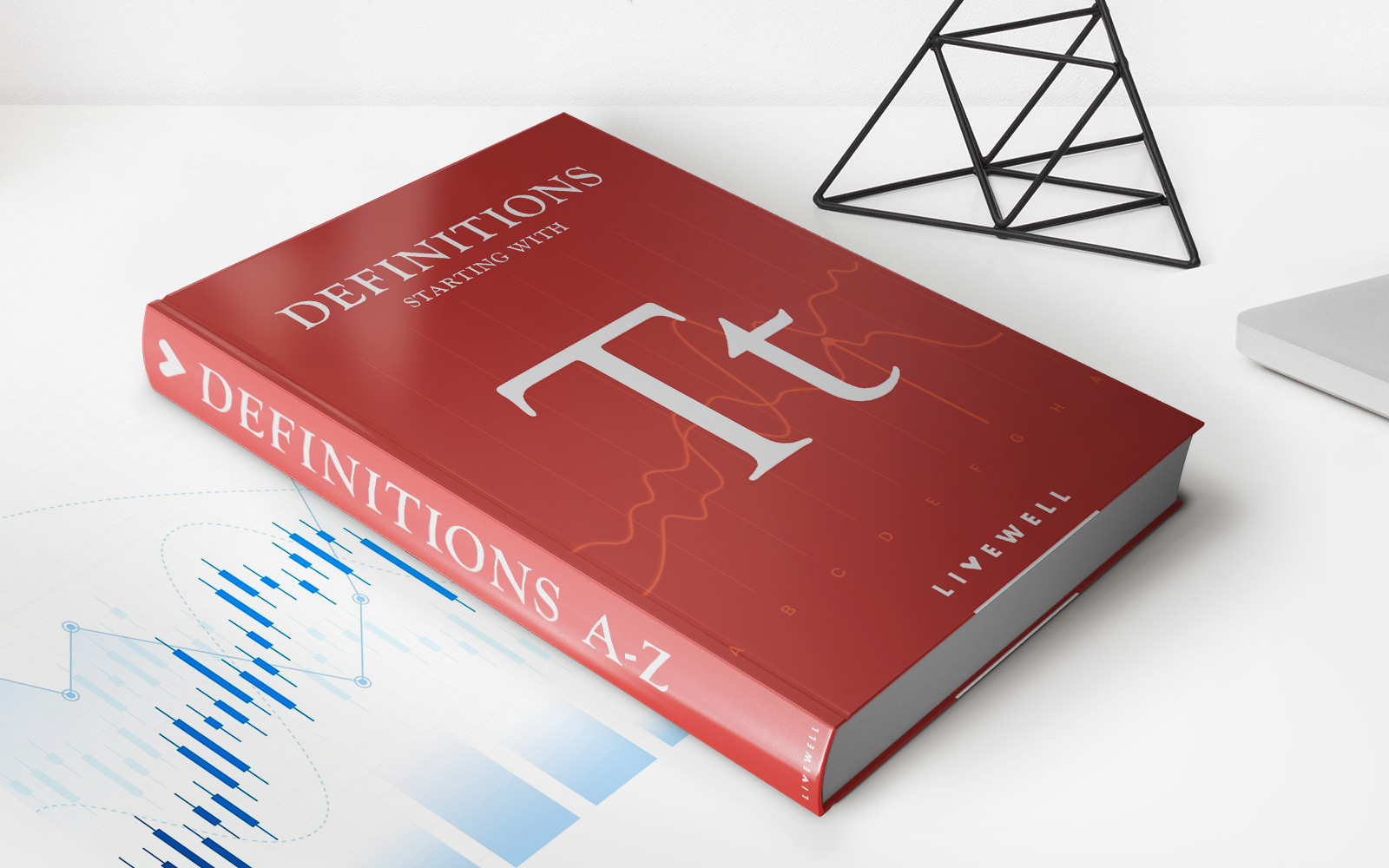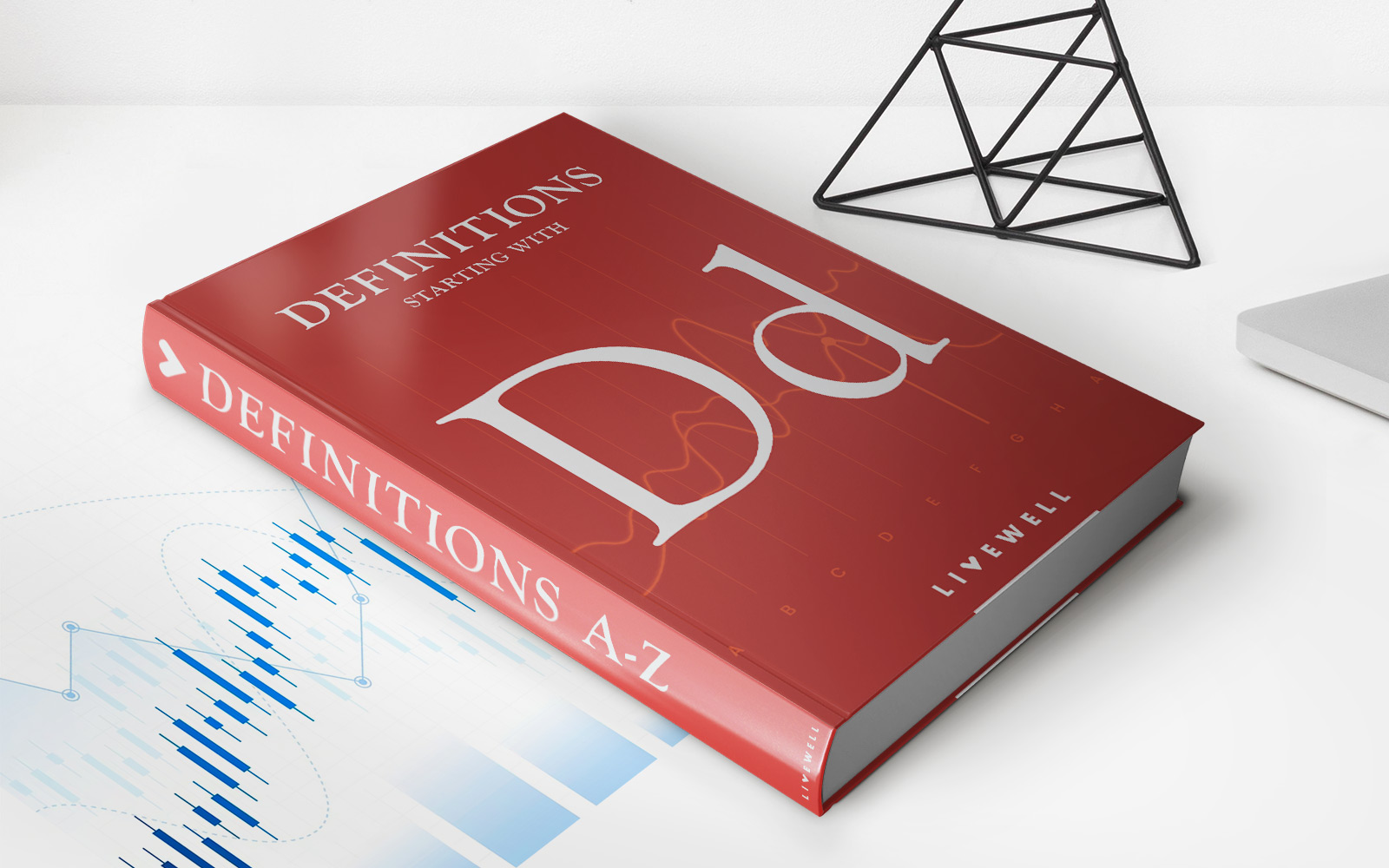Home>Finance>World Equity Benchmark Series (WEBS) Definition
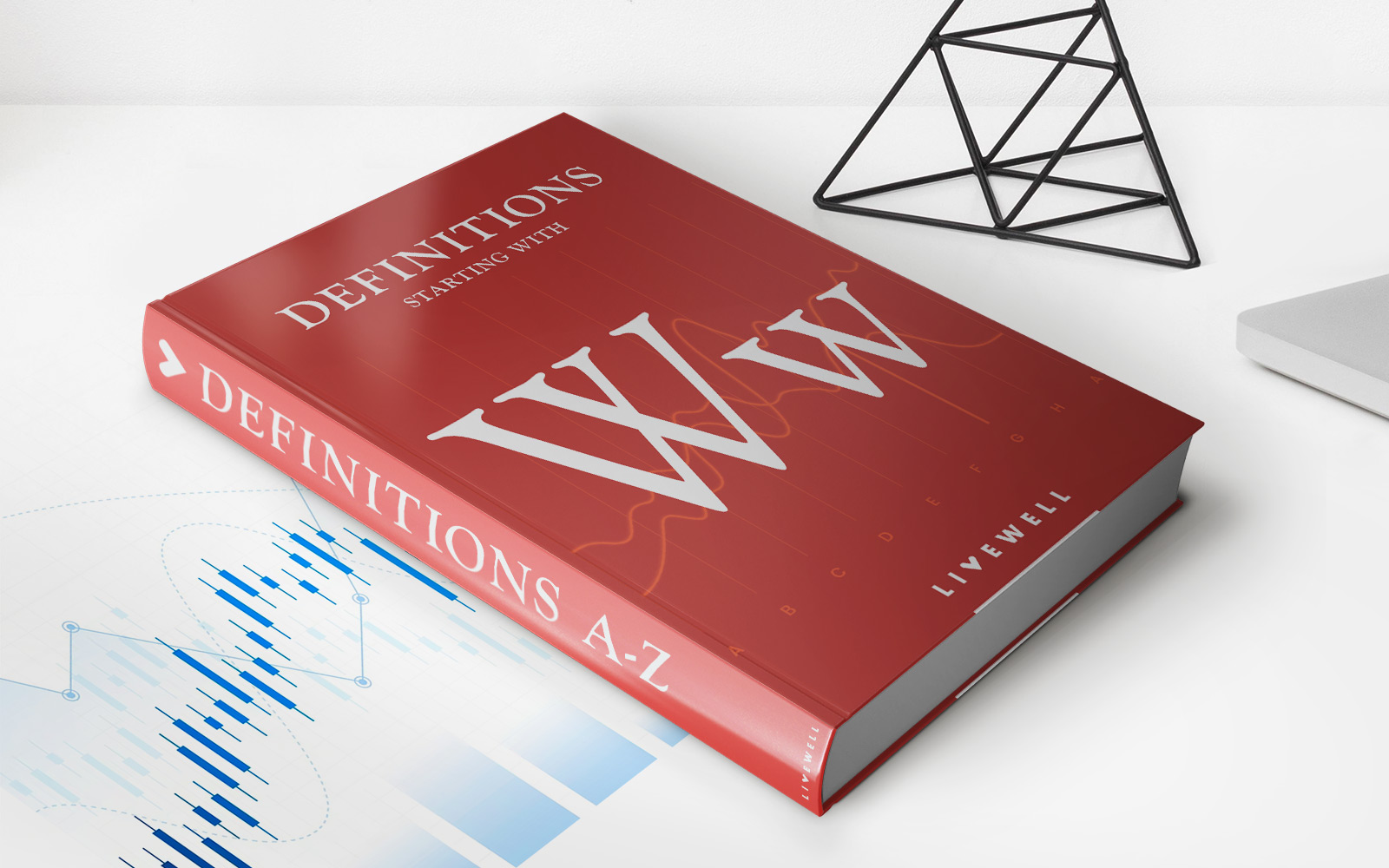

Finance
World Equity Benchmark Series (WEBS) Definition
Published: February 19, 2024
Learn about World Equity Benchmark Series (WEBS) in the field of finance. Understand the definition and its significance in global financial markets.
(Many of the links in this article redirect to a specific reviewed product. Your purchase of these products through affiliate links helps to generate commission for LiveWell, at no extra cost. Learn more)
Unlocking the World of Finance: Exploring World Equity Benchmark Series (WEBS)
When it comes to navigating the world of finance, it’s crucial to stay informed about various investment opportunities. One such investment vehicle that has gained popularity in recent years is the World Equity Benchmark Series (WEBS). In this article, we’ll delve into the definition of WEBS, how it works, and the benefits it offers to investors.
Key Takeaways:
- WEBS are exchange-traded funds (ETFs) that provide investors with exposure to a specific country or region’s equity market.
- These funds allow investors to diversify their portfolios and capture the potential growth of global markets without the need for direct investment in individual stocks.
What are World Equity Benchmark Series (WEBS)?
World Equity Benchmark Series (WEBS) are a type of exchange-traded funds (ETFs) that are designed to track the performance of a specific country or region’s equity market. These funds aim to provide investors with exposure to a diversified portfolio of stocks from a particular geographical area. For example, there are WEBS available that track the performance of emerging markets, developed markets, or specific countries like China or Brazil.
Unlike traditional mutual funds, WEBS are traded on stock exchanges, offering investors the flexibility to buy or sell shares throughout the trading day. This liquidity makes it easier for investors to enter or exit their positions without facing excessive transaction costs or delays.
Moreover, WEBS offer investors an opportunity to diversify their portfolios geographically. By investing in a WEBS fund, investors gain exposure to a broader range of companies and industries within a specific region or country. This diversification helps reduce the risk associated with investing in individual stocks, as any downturn in one company or industry may be balanced out by the performance of others in the fund.
Benefits of World Equity Benchmark Series (WEBS)
Investing in World Equity Benchmark Series (WEBS) comes with several advantages for investors. Here are some key benefits:
- Diversification: WEBS enable investors to diversify their portfolios by gaining exposure to a specific country or region’s equity market. This diversification helps spread the risk and potential upside across a basket of stocks, rather than relying solely on individual investments.
- Liquidity and Flexibility: Unlike traditional mutual funds, WEBS trade on stock exchanges, providing investors with the ability to buy or sell shares throughout the trading day. This liquidity and flexibility make it easy for investors to manage their positions and react to market changes promptly.
- Global Exposure: WEBS allow investors to capture the potential growth of global markets without the need for direct investment in individual stocks. By investing in WEBS that track emerging markets or specific countries, investors can participate in the growth of these regions and benefit from their economic development.
In conclusion, World Equity Benchmark Series (WEBS) offer investors an opportunity to diversify their portfolios and gain exposure to specific country or region’s equity markets. These exchange-traded funds provide liquidity, flexibility, and the potential for global growth. By understanding the definition and benefits of WEBS, investors can make informed decisions and unlock the vast potential of the finance world.






